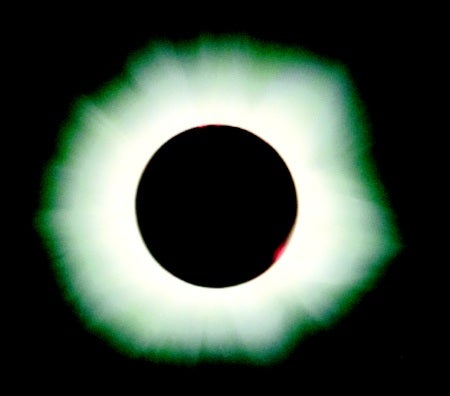
The temperature in the Sun’s atmosphere should drop as distance increases from the Sun’s core — unless heat is added. But the corona, the Sun’s outermost layer, is about 13 times hotter than our star’s visible surface. What’s going on? Virtually all solar astronomers agree the answer involves the Sun’s magnetic field.
X-ray images of the Sun’s corona indicate direct links between coronal heating and magnetic structures. Wave breaking and magnetic reconnection are the two basic mechanisms for coronal heating.
Wave breaking involves upward-moving waves that grow in amplitude as they move into the Sun’s lower-density upper atmosphere. There, they produce shock waves and turbulence that can heat the corona. This phenomenon is similar to ocean waves breaking on a beach as the depth of the water decreases.
Magnetic reconnection involves twisting magnetic field lines to the point where they cross — and explosively release energy. Smaller-scale versions of the same mechanism can explain solar flares and coronal mass ejections. The final explanation of coronal heating may very well involve both wave breaking and magnetic reconnection. — David H. Hathaway, NASA/Marshall Space Flight Center, Huntsville, Alabama









